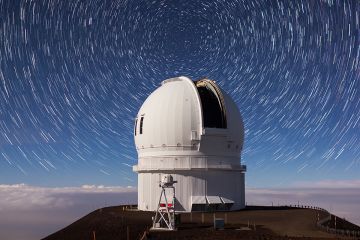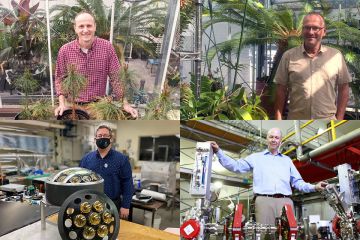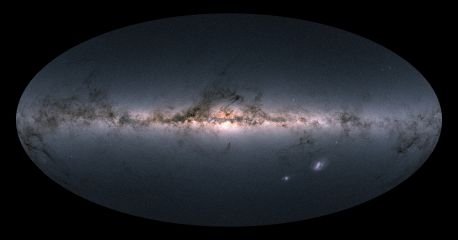Tracing planetary movement in dust and gas
- Dorothy Eggenberger
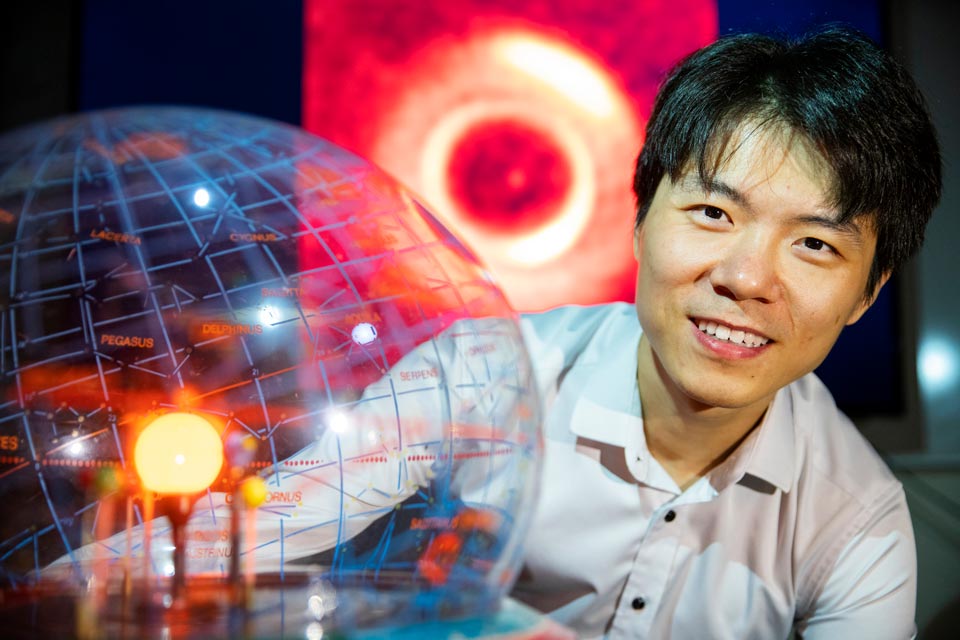
Where do we come from? University of Victoria astrophysicist Ruobing Dong is revolutionizing the field of observational planet formation to find out. He delves into the birth of planets to potentially uncover the origin of Earth.
Dong studies how planets form by examining the protoplanetary disk, made of dust and gas, surrounding a newborn star. His team then uses cutting-edge computer models and photographs from the world's most powerful telescopes—ALMA, GEMINI and HUBBLE—to examine the signatures in the protoplanetary disk potentially produced by new planets.
Access to these new technologies and powerful instruments are what make Dong’s research possible. It’s a field that couldn’t have existed 10 years ago, and his team are among the few selected to direct the gaze of these multi-billion-dollar telescopes. He is already identifying research targets for NASA’s Webb Telescope, which launches in 2021.
For his outstanding research, Dong has earned a 2020 Alfred P. Sloan Foundation Research Fellowship, announced today. The fellowship, which comes with US$75,000, is given to early-career scientists and scholars of outstanding promise.
If Dong is looking for humanity’s origins in planets, why is he studying signatures in disks? Young planets are usually too faint to see, even with our most powerful telescopes. However, when a young planet interacts with the disk they sometimes produce gaps, vortices, or spiral arms (as in the accompanying photo) that are much larger in size and easier to detect.
Dong compares these new planets to airborne planes: “It is hard to see a plane cruising at 10 kilometers during daytime, but you can usually see the contrail behind the plane. By looking at the contrail we know the plane’s location, speed, heading—even its number of engines. Similarly, protoplanetary disk features can become prominent signposts of planet formation.”
For example, in the past scientists have seen spiral arms extending from protoplanetary disks and hypothesized that the formation of planets caused this behaviour. But previous models were not able to give a sufficient explanation. In 2015, Dong led a team to demonstrate that these spirals can be excited by a Jupiter-like planet at the outer tip of one of the arms with his new model.
“In the picture you can see the disk’s spiral arms, but no planet,” says Dong, “However, by comparing the photo with our simulation, we can say there is likely a planet at the tip of the arm.”
Rather than shooting in the dark, Dong’s research can tell you where to look for the planet. Very recently, they used the Large Binocular Telescope, one of the world's most advanced optical telescopes, to tentatively discover the planet MWC 758 b using such predictions. This discovery represents a milestone in the field of observational planet formation.
What’s next for this planet pioneer? Dong plans to build a library of protoplanetary models to maximize researcher hours and propel the emerging field forward. “It took a few researchers working for about six months, approximately one million CPU hours, to build the 2015 model. Our goal is to automate this process,” says Dong.
He also plans to formally establish Feature-Based Planet Detection (FBPD) as a new planet detection technique, and apply it to the expected large disk sample.
With each new discovery of planet-induced structures in disks, Dong comes closer to explaining how habitable Earth-like planets form—moving forward with one tiny element in humanity’s big quest for knowledge about our place in the cosmos.
Photos
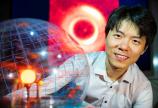
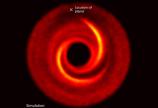
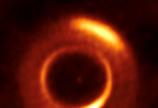
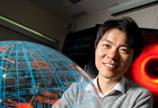
In this story
Keywords: astronomy, physics, planets, award
People: Ruobing Dong
Publication: The Ring

